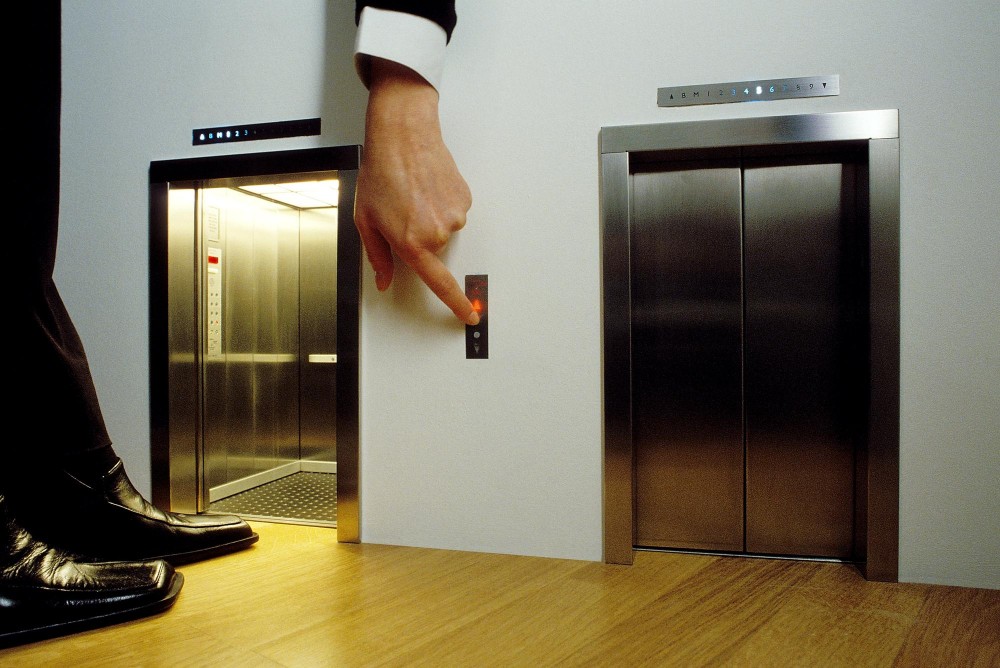What: Lifelike
Where: Walker Art Center, 1750 Hennepin Ave., Minneapolis
When: Feb. 25- May 27
Cost: Adults $10, students $6
Someone is napping in the Walker Art Center.
He’s curled up in the middle of the floor, near that bag of garbage. His blue sleeping bag is taut over his knees and shoulders. Up close, he looks perfectly normal, though maybe a little too still. One might think to give this man a little nudge, but that would be unwise. Gavin Turk’s “Nomad” is actually a 300 pound piece of bronze, painstakingly molded and painted. The garbage bag? It’s marble, and it took Jud Nelson two years to carve.
This type of encounter is part of the goal behind the Walker’s latest exhibit, “Lifelike.”
“You first encounter the work and you think it’s the real thing,” said curator Siri Engberg. “Then you get closer and realize it’s actually not, in fact, the real thing. And that third step is where you acknowledge that it’s not only a copy of something — it’s a work of art.”
The show features more than 90 different pieces that attempt to imitate — often with astounding accuracy — everyday objects in ways that are uncanny and sometimes surreal.
Two of the very first pieces one sees in “Lifelike” are Andy Warhol’s Brillo Boxes and Chuck Close’s famous self-portrait. It’s a fitting start. The type of art “Lifelike” explores occupies a space between photorealism and pop art. We see the objects depicted, such as Vija Celmins’ Pink Pearl eraser or Jud Nelson‘’s aforementioned “Hefty 2-Ply”, every day and they are rendered in extraordinary detail, but they are not as brand-oriented or flashy as Warhol’s work.
Often to the naked eye these renditions are perfect, but some human element remains. Keith Edmier has meticulously recreated the entire kitchen from his childhood home in one of the galleries, but all of the chairs, which he reproduced with a mold, carry the same imperfection. Sylvia Plimack Mangold‘s paintings of her apartment floors contain little hints about her life when she lived there.
Engberg, the curator, said the artists of “Lifelike” will always inject themselves into their work simply because they choose to make it.
“There’s this sense that not only has the artist’s hand touched this in life,” she said, “but they’re remaking it in this painstaking way, and by dwelling on it the way that they have, they bring a sense of humanity to it.”
While many pieces in “Lifelike” attempt to hide their artifice, others revel in it. Thomas Demand’s “Rain/Regen” is a projection of what appears to be a heavy rain shower. Upon closer inspection, it’s actually a very fast stop-motion film of cellophane candy wrappers soundtracked by the sound of eggs frying.
Some artists explore what happens when their reproductions get a little too real. Many of the sculptures depicting humans, like Duane Hanson’s “Janitor,” occupy the lowest depths of the Uncanny Valley. It’s startling to realize that he’s not a Walker custodian, and he becomes almost repulsive the longer one stares at him.
The last section of “Lifelike” features art that calls attention to its own normalness by playing with scale. Maurizio Cattelan‘s tiny, functional elevators and Robert Therrien’s 10-foot-tall card table and folding chairs imbue the exhibition with a sense of surreal wonder.
Above all, “Lifelike” is an engaging and accessible new exhibit. Even those without a deep knowledge for art can appreciate the painstaking detail that went into this startlingly real art, and there’s always another mind-bending piece around the corner.














